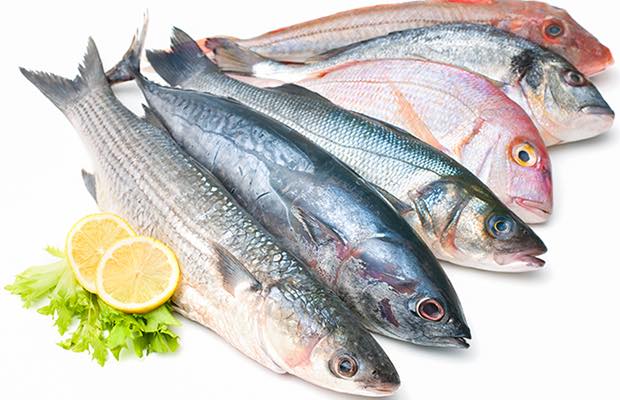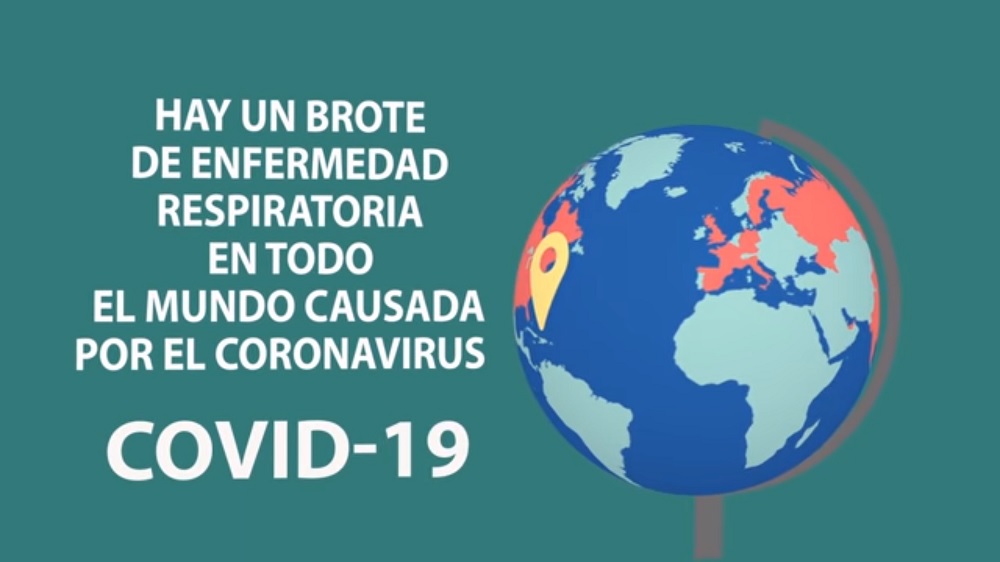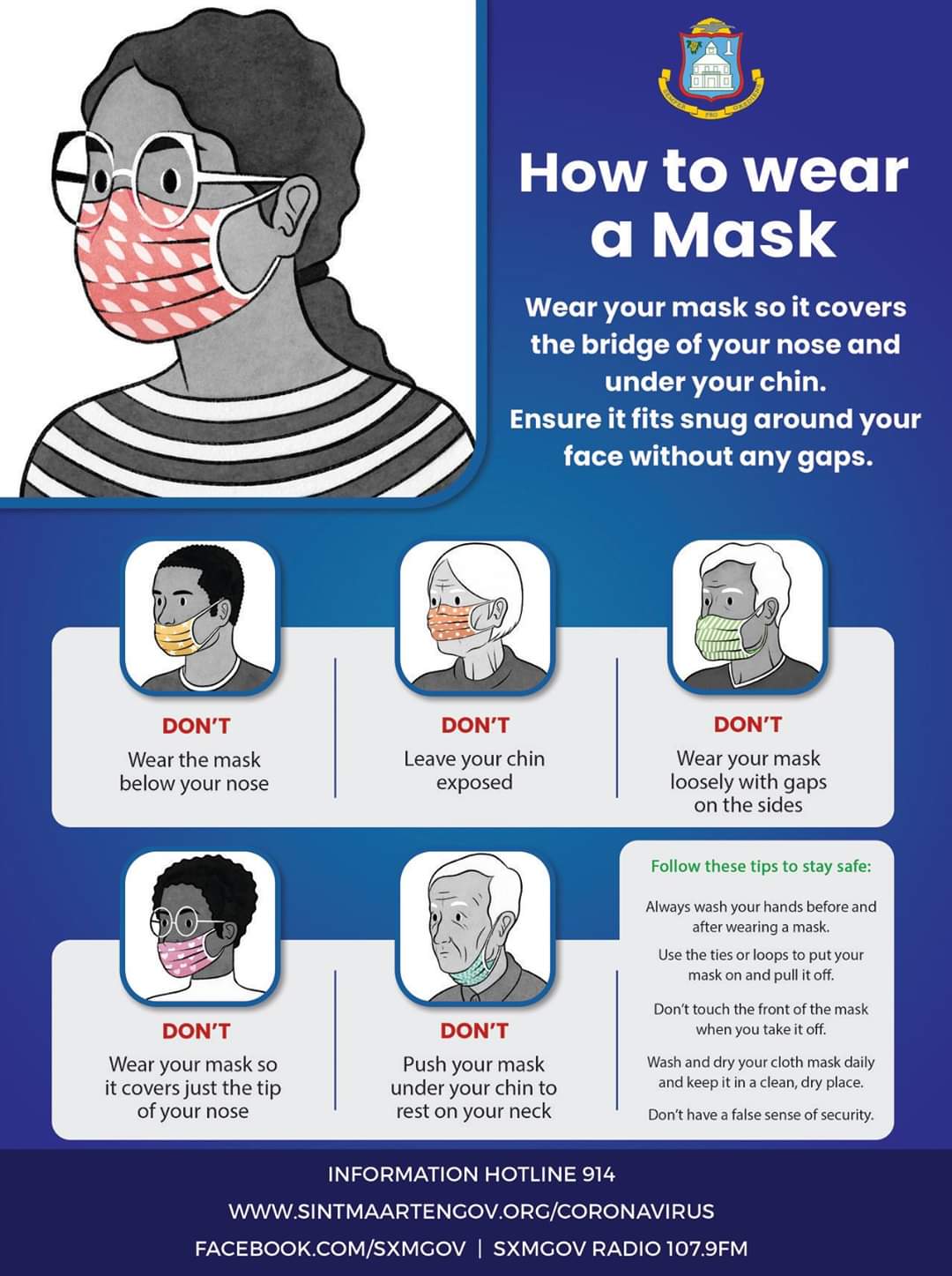Four cases of fish poisoning reported to CPS
October 2, 2020 2:00 pm
PHILIPSBURG -- The Collective Prevention Service (CPS), a department of the Ministry of Public Health, Social Development and Labour (Ministry VSA), is advising the public to pay attention to proper food handling procedures when preparing meals as the public health agency has received reports of four cases of fish poisoning during the Epidemiological weeks 36 and 37 (September 5th & 7th).
As with all reportable diseases, CPS surveillance nurses conduct case follow up to identify the possible source (s) of exposure. During the investigation, it came to light that the purchasing, storage, and preparation of seafood played a major role in the source of food poisoning.
CPS would like to remind persons when purchasing fish, or any type of seafood, that it is important to handle the products safely to reduce the risk of foodborne illness often called food poisoning.
The safe handling tips for buying, preparing, and storing fish are: Buy only buy fish that is refrigerated or displayed on a thick bed of fresh ice (preferably in a case or under some type of cover).
The fish color can be affected by several factors including diet, environment, treatment with a color fixative such as carbon monoxide or other packaging processes. Color alone is not an indicator of freshness.
Tips that can help when deciding to buy Fish should smell fresh and mild, not fishy, sour or ammonia-like; a fish's eyes should be clean and shiny; whole fish should have firm flesh and red gills with no odor.
Fish can spoil during transport if it is left at warm temperatures for too long before cooking. It is important to store fish properly, put on ice or in the refrigerator or freezer soon after buying it.
If seafood will be used within two days after purchase, store it in a clean refrigerator at a temperature of 40F or below. Wrap it tightly in plastic, foil, or moisture-proof paper and store it in the freezer.
When preparing fresh or thawed seafood, avoid cross-contamination by preventing bacteria from fish spreading to ready to eat foods. To avoid cross-contamination, keep fish separate from raw seafood by dividers; wash your hands for at least 20 seconds with soap and warm water after handling any raw food.
Wash cutting boards, dishes, utensils, and countertops with soap and hot water between the preparation of raw foods such as seafood, and the preparation of cooked or ready-to-eat foods.
For added protection, kitchen sanitizers can be used on cutting boards and countertops after use. Or use a solution of one tablespoon of unscented liquid chlorine bleach per gallon of water. When buying fresh fish always walk with a cooler with cold elements or ice to keep your fish fresh, especially when you don't know how much time you will be on the road to ensure the food you eat is safe and healthy.
Most seafood should be cooked to an internal temperature of 145F degrees. If you don't have a food thermometer, there are other ways to determine whether seafood is cooked: fish: the flesh is clear and separates easily with a fork. If you smell sour, rancid, or fish odors in raw or cooked seafood do not eat it.
For serving, never leave seafood or other perishable food out of the refrigerator for more than two hours or for more than one hour when temperatures are above 90F degrees.
Bacteria that can cause illness to grow quickly at warm temperatures (between 40F and 140F degrees). Some are at greater risk of foodborne illness and are also more likely to have a lengthier illness, undergo hospitalization, or even die e.g. persons with weakened immune systems, children older adults, or pregnant women.
Symptoms of foodborne illness are vomiting, nausea, diarrhea, abdominal pain; flu-like symptoms such as fever, headache, and body ache.
It is imperative to ensure food safety from the purchase to the point of consuming fish and/or any other food, and always practice food safety. Be conscious of what and when you eat, CPS advises.
Source: sintmaartengov.org 










